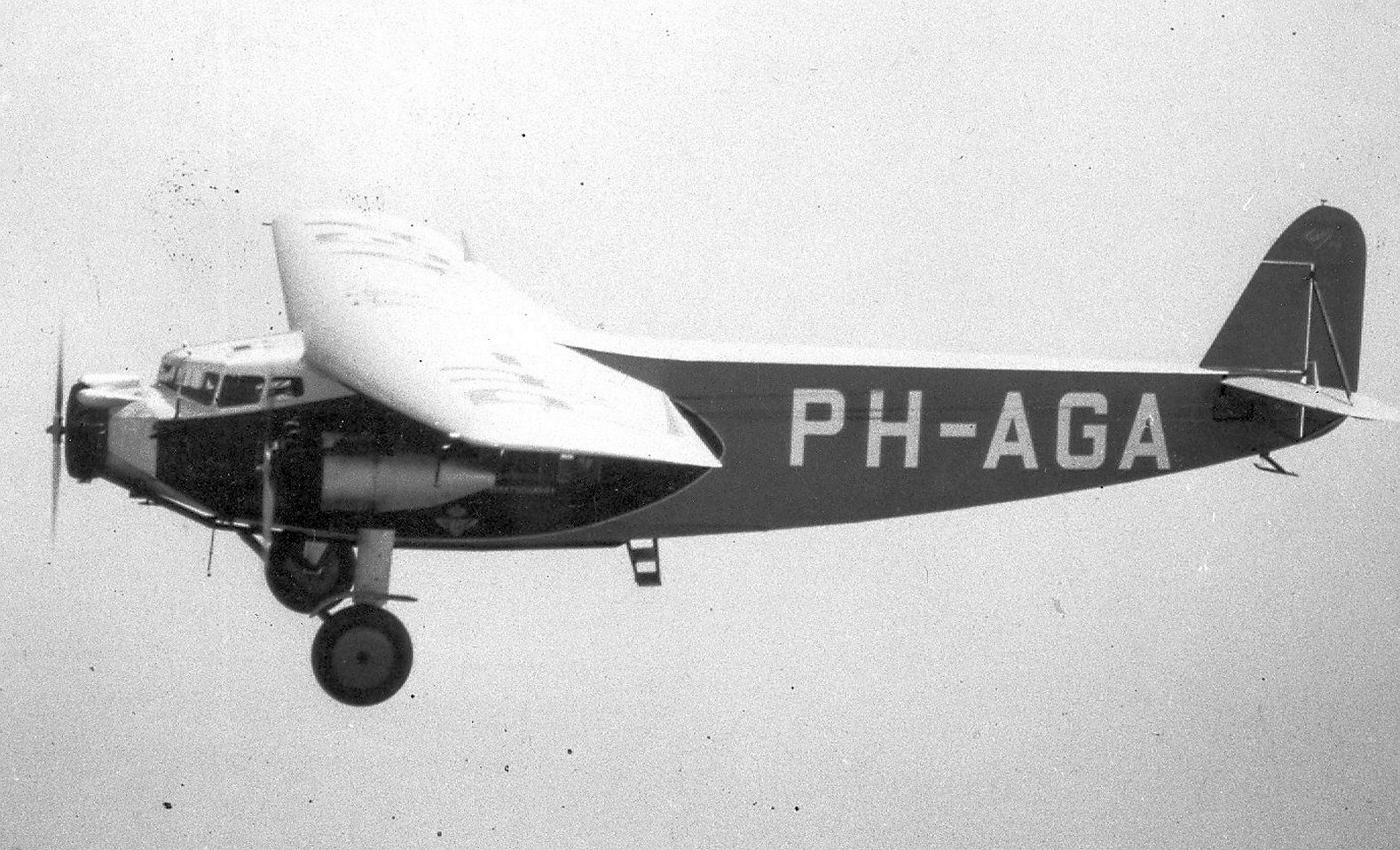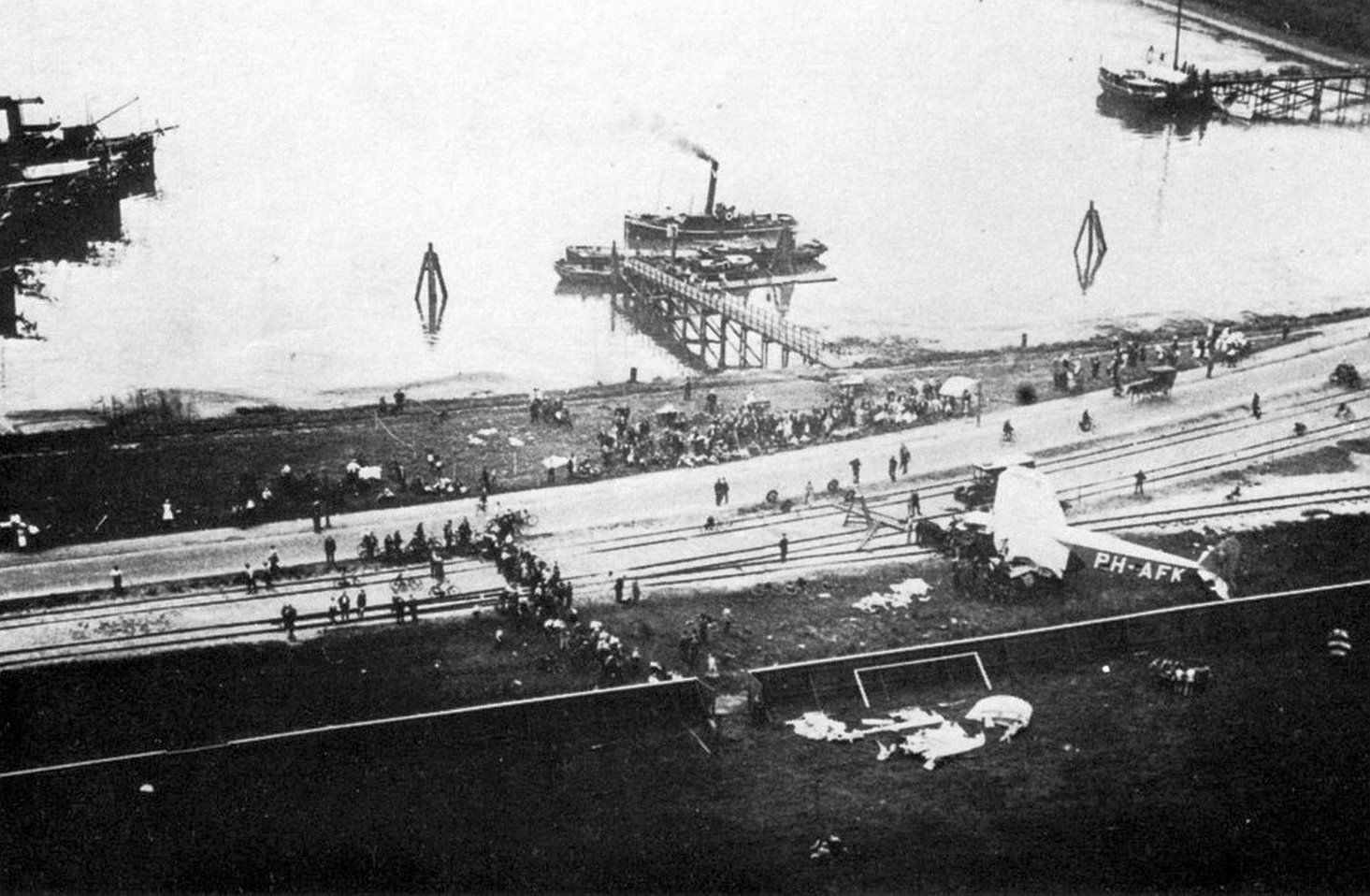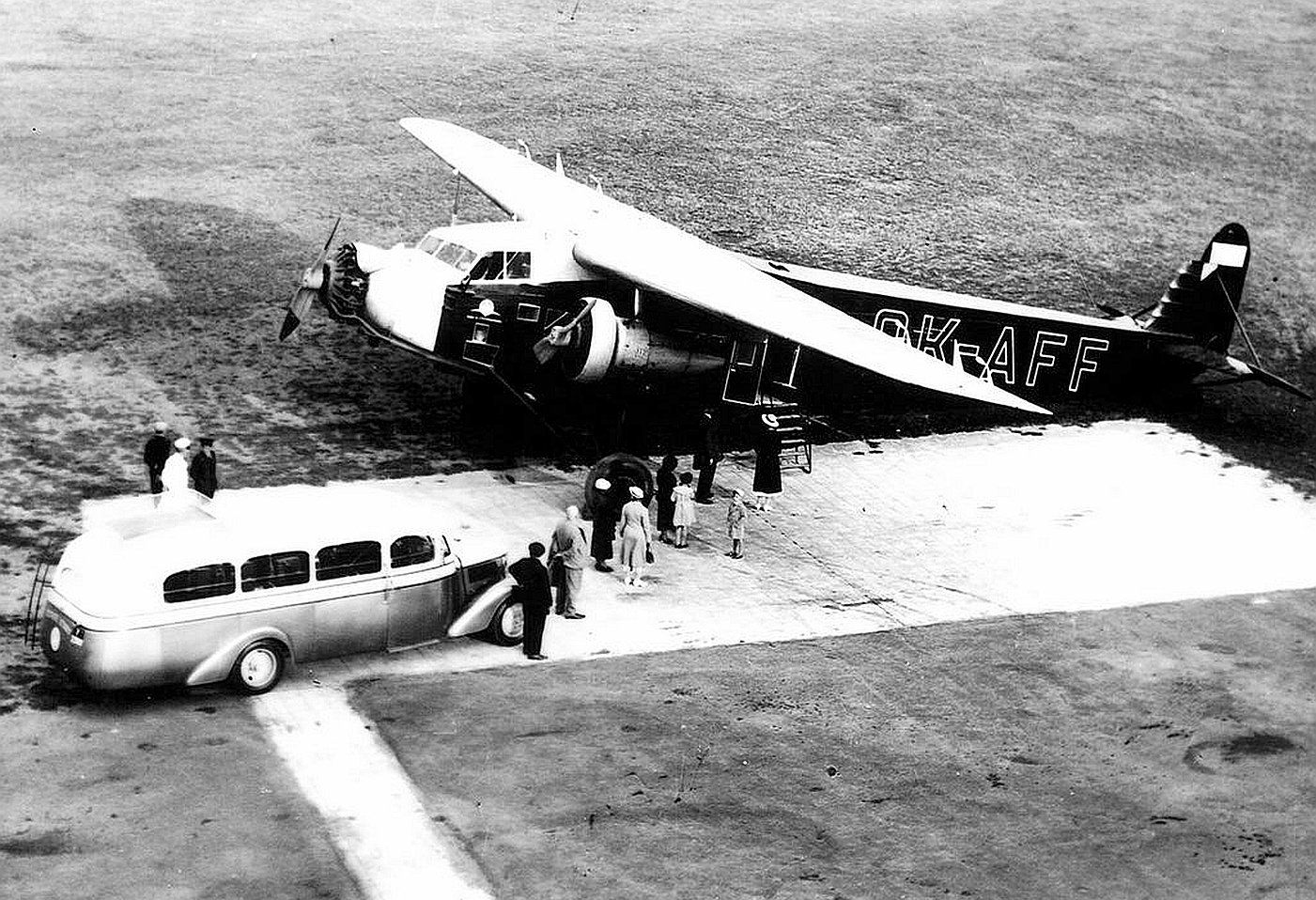Fokker F.IX
As a result of the economic crisis of the 1930’s, two F.IX's built by Fokker were not an operational success. This twenty passenger aircraft built for KLM's flights to the Dutch East Indies, was just too large at that time. Although the aircraft won the “Grandprix de comfort en d’élégance” at the 1930 Paris Airshow, the three-engine F.IX was not technically revolutionary. It was more of an enlarged F.VIIB-3m.
On August 23rd , 1929, Emil Meinecke made the first flight with the F.IX which was powered by three 480 hp Gnome Rhône Jupiter engines. Both KLM aircraft have each made one journey to the Dutch East Indies. One KLM F.IX crashed on Aug. 4th, 1931 at Waalhaven airport. The other was sold to France in 1936 and eventually went to Spain. The Spanish Republicans installed bomb racks and machine guns on the aircraft. Although the aircraft was not a success in the Netherlands, about 20 were built in Czechoslovakia, under license of AVIA ; of these, two were civilian versions and about 18 were military bombers marked as F.IX-M and/or F-39.
Click on the photo to enlarge the photo











